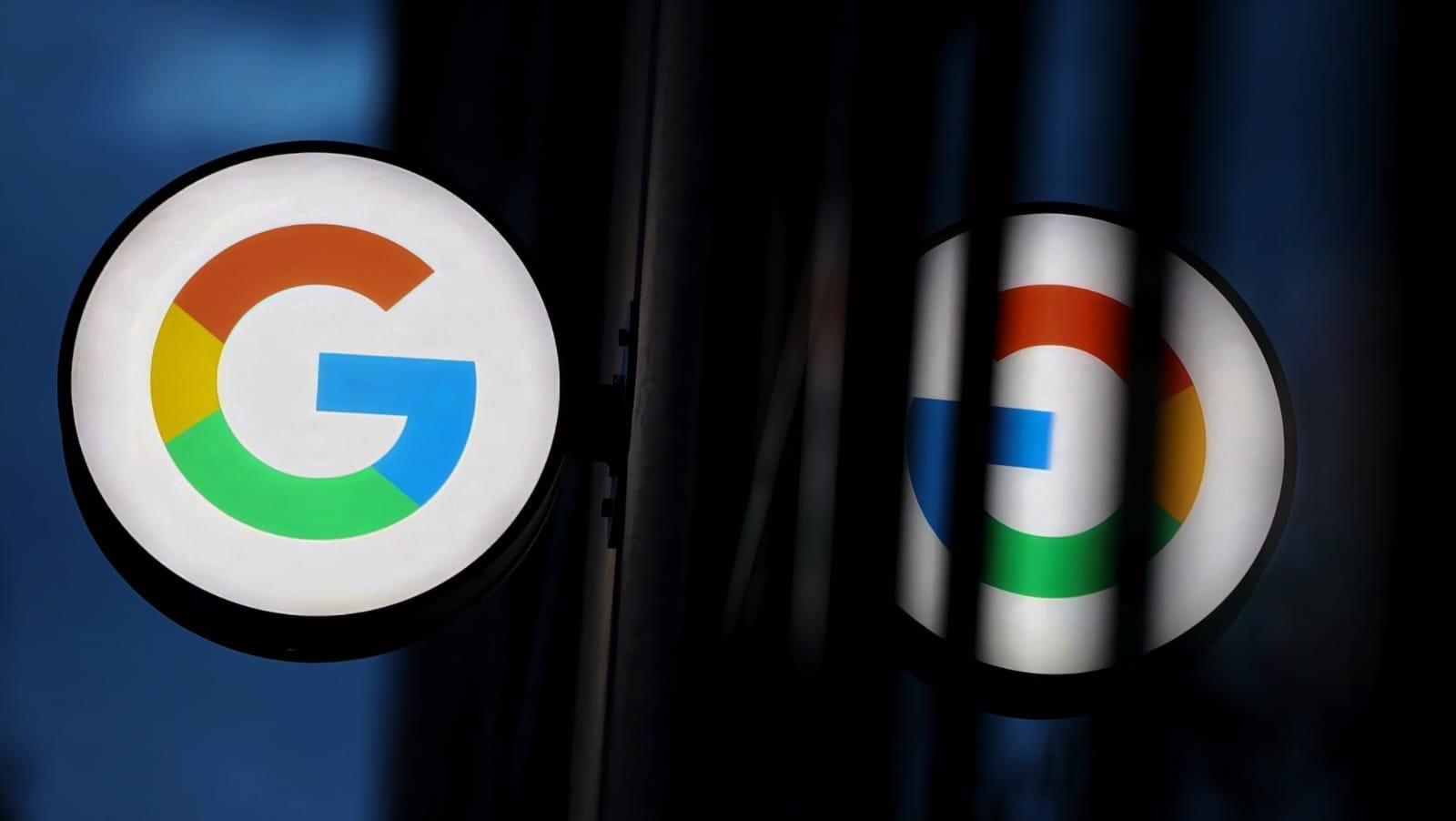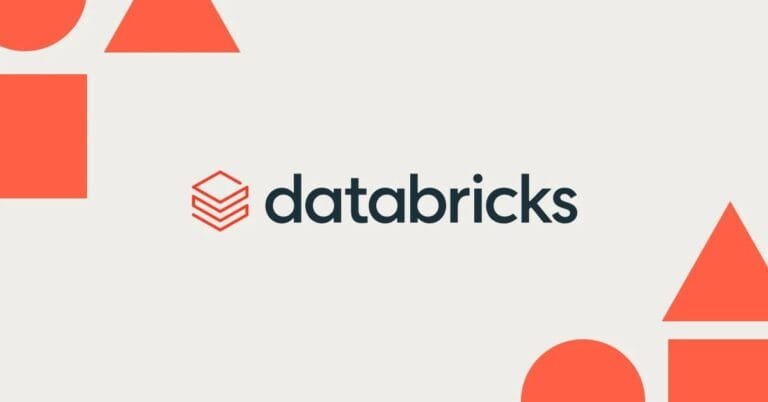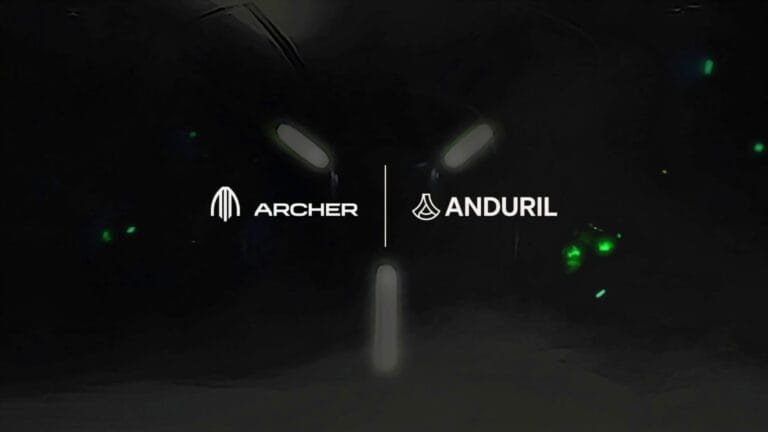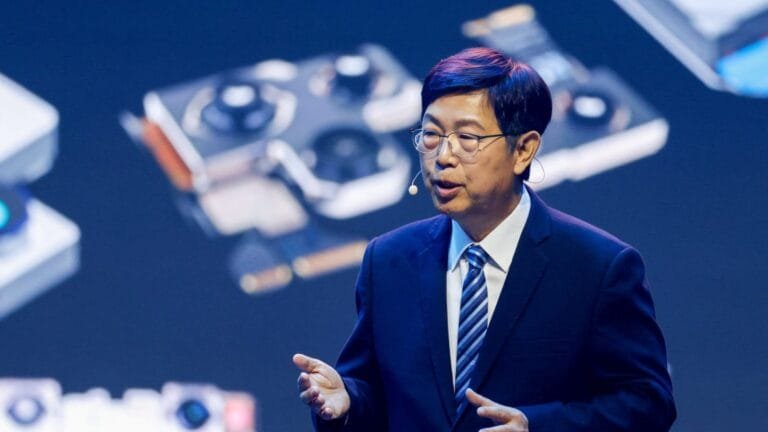
Google’s ad tech stack sits between advertisers and publishers, giving it market dominance.
Why does Google control the entire Google ad monopoly?
When you open a website on the Internet and see ads, there’s a complex system behind it. This system has three main components: publishers (website owners) who want to display ads on their pages, and advertisers (such as Coca-Cola or Amazon) who want to display ads. There are several intermediaries involved in the buying and selling process. Google has three major tools: Google Ads (formerly known as AdWords), Google Ad Manager (formerly DoubleClick for Publishers), and AdX (Google’s ad exchange) – where the actual auctions take place. The judge found that Google had consistently acquired companies since 2008, notably DoubleClick for $3.1 billion in 2008, and then integrated all of its products to create a monopoly that prevented competition.
How did Google create a monopoly?
The US Department of Justice (DOJ) and 11 states filed a lawsuit in 2020. The trial, which ran from April 2024 to July 2024, revealed significant evidence, and Google threatened Facebook. Google announced that if it adopted a new technology called Header Bidding, in which exchanges other than Google could bid, Google would give Facebook ads a lower priority on its network. Google then entered into a secret agreement (Jedi Blue) with Facebook, stipulating in contracts with major publishers that they must give AdX “first priority.” This meant that other exchanges had no chance. Google took a 20-30% commission on its own AdX, yet it still held over 90% of the market because it had an advantage in speed and data. It then forced search apps on Android phones to use only Google’s advertising tools.
Despite this, Judge Mehta wrote a 250+ page judgment in August 2024, stating: “Google is a monopolist, and it has acted as one to maintain its monopoly.” What could the punishment be now? The latest situation as of November 2025. On November 8, 2025, Judge Mehta stated that he wanted a quick remedy, which Google did. They had requested time until 2026, but the judge refused. A final order is now expected by April 2026, along with potential penalties (the DOJ and Google’s proposals, which the DOJ has sought, are quite stringent).
Google must sell its entire Ad Exchange (AdX).
Google ad monopoly, Manager (a publisher tool) must also be given to a separate company for 5-10 years. Furthermore, Google must be prohibited from making any new ad tech acquisitions for 5 years. Google must share data it collects from user tracking with other companies to encourage competition. Google must also be allowed to pre-install other advertising tools on Android. Then, Google’s proposal (very mild, only changing some contract terms and providing a little more transparency, without requiring any business sale) is presented.
Who benefits and who loses from this decision?
Small publishers (Hindi news websites, blogs) could see increased revenue, as Google currently takes a 30-40% cut. New ad tech companies (The Trade Desk, Magnite, PubMatic) will get an opportunity, allowing larger players like Facebook, Amazon, and TikTok to further strengthen their advertising networks, and consumers may receive cheaper products. Expensive advertising leads to higher product prices. Furthermore, Google’s share price has already fallen by 5-7%. Smaller websites may face initial difficulties as it will take time to adapt to the new system. Google’s total advertising revenue (approximately $250 billion in 2024) could decline.
What will be the impact on India?
India is the world’s second-largest internet market, with Google’s ad network (AdSense + AdX) running on over 90% of Hindi-English websites. The potential impact could be greater revenue for Hindi news websites (Dainik Bhaskar, Amar Ujala, News18, etc.). Google also displays ads on YouTube, but this applies only to the “open web,” not YouTube or search ads. Therefore, YouTube will not be significantly impacted, and Indian startups (InMobi, Affle) could have a significant opportunity. CCI The Competition Commission of India (CCI) has also been pursuing a case against Google since 2018. It may now take a more stringent action. In October 2024, the CCI imposed a fine of ₹936 crore on Google for its Play Store practices. The judge has not yet made his decision, but he has called several of the DOJ’s proposals “worthy of serious consideration,” particularly the proposal to sell AdX.
Conclusion: Google ad monopoly
Google is today the “king of advertising” on the internet. It sits in the middle, extracting money from both publishers and advertisers. The court stated that it rules unfairly. Now, the court wants to break Google’s power so that more companies can enter the market. If the court orders the sale of AdX, the advertising landscape on the internet will change completely by 2026-27. Websites, both large and small, could benefit, while Google will suffer significant losses, and consumers may find products at a slightly cheaper price. This isn’t just Google’s story; it shows the This is how powerful tech companies have become and how governments are now trying to control them.






